The Lighting Practice and 230 Park Avenue were at the center of an efficiency debate on Earth Techling written by Randy Woods.
New York’s LEDs Shine Light on Efficiency
By: Randy Woods
When discussing energy savings, there’s a principle often cited by economists called the Jevons paradox, which postulates that as the use of a resource becomes more efficient, consumption of that resource tends to increase, rather than decrease. The counterintuitive theory’s namesake, 19th century economist William Stanley Jevons, was originally talking about how improvements in coal burning only increased demand for coal and therefore led to more consumption, but his theory as been applied to many other ironies of life, such as diet foods that make use eat more.
 The logic of the Jevons paradox has been debated and debunked by many environmental writers, but the idea resurfaced after the recent installation of more than 700 energy-efficient LED lighting units on the exterior of New York City’s famous Helmsley Building to make the 84-year-old Beaux-Arts skyscraper shine at night like never before.
The logic of the Jevons paradox has been debated and debunked by many environmental writers, but the idea resurfaced after the recent installation of more than 700 energy-efficient LED lighting units on the exterior of New York City’s famous Helmsley Building to make the 84-year-old Beaux-Arts skyscraper shine at night like never before.
According to The Lighting Practice, the company that made the lighting conversion in December 2012, the new LED lamps made by Lumenpulse use 70 percent less energy than the old high-pressure sodium lights that used to light up the 34-story Park Avenue tower.




